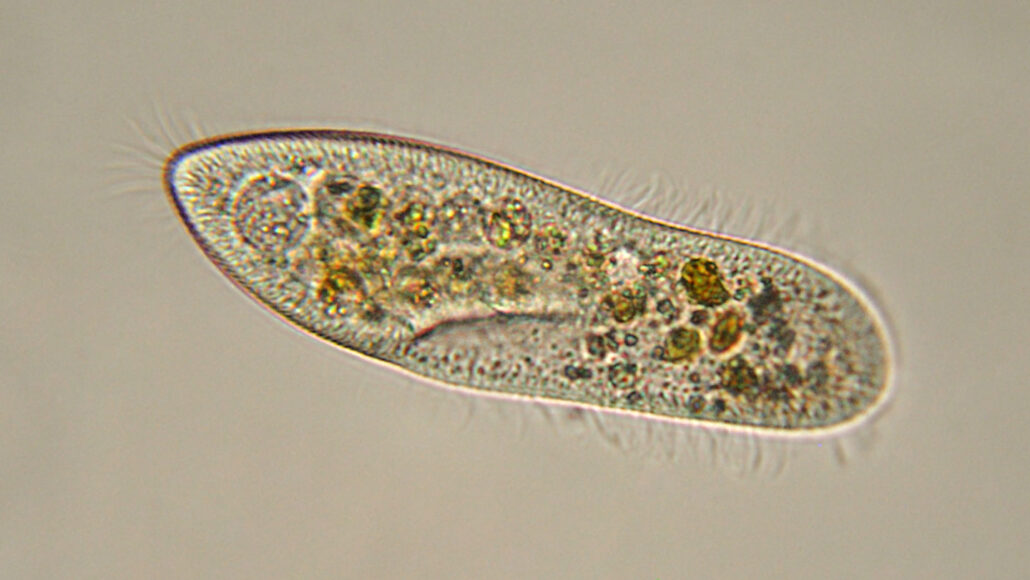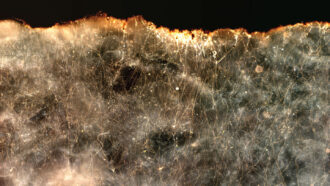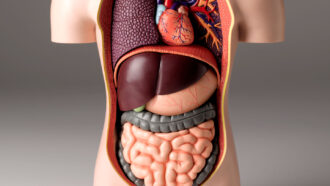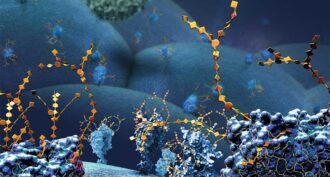
Life
Scientists Say: Protist
Unified by a few key traits, these diverse organisms come in all shapes and sizes.
Come explore with us!

Unified by a few key traits, these diverse organisms come in all shapes and sizes.

Some algae glow blue when they experience forces. Held in transparent plastic, they now make devices light up in response to gentle pushes and tugs.

Ayla was treated before birth for the rare, life-threatening Pompe disease. Now a thriving 16-month-old toddler, her treatments will still need to continue.

Long, thin bacteria that conduct electricity may be able to help clean up oil spills and reduce emissions of methane, a powerful greenhouse gas.

TMAO’s water-wrangling ability protects a critter’s critical proteins — including muscle — from crushing under deep ocean pressures.

This organ in the upper-right side of the belly does many essential jobs, such as cleaning blood and producing bile.

This so-called ‘click chemistry’ allows scientists to build complex molecules in the lab and in living cells.

Svante Pääbo figured out how to examine the genetic material from these hominid ‘cousins’ of modern humans.

The world’s most abundant natural polymer is finding all kinds of new uses, in everything from ice cream to construction.

Scientists are using living cells and tissue as building blocks to make robots. These new machines challenge ideas about robots and life itself.